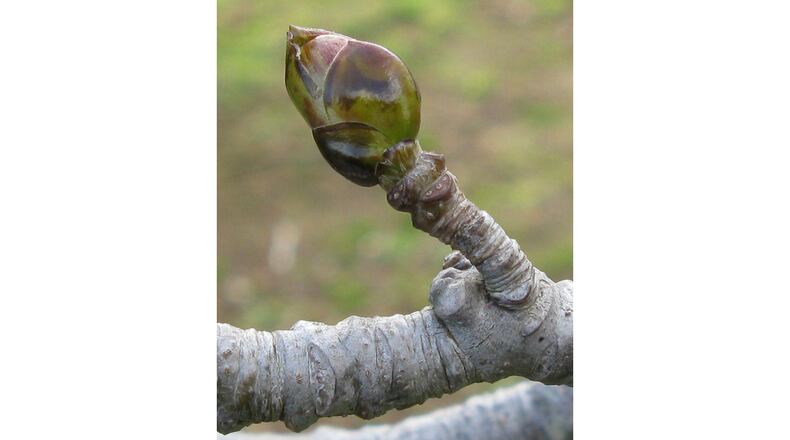It is what I consider a miracle every year during late March and early April — the leafing-out of deciduous hardwoods that have been dormant and leafless all winter.
Leaf buds of oaks, hickories, maples, tulip poplars, sweet gums and other hardwoods are breaking open now and unfurling their bright new leaves — creating stunning, fresh tree canopies that seem 50 shades of green.
It’s a process that amazes me and brings great joy every spring. As Georgia-born author Frances Mayes noted: “Happiness? The color of it must be spring green.”
Actually, the process begins in summer, when trees still have enough energy to grow a profusion of new leaf buds. Each bud amazingly holds a tightly packed new leaf — a miracle itself. With the onset of cooler, shorter days in fall, the trees drop their old leaves and, with their leaf buds intact, go into winter dormancy.
As they go to sleep, the trees store sugar in their underground roots. During winter, the roots also store large quantities of water.
Then, around mid-March, with days growing longer and warmer, sugary sap and water begin rising from the roots and up through the tree trunks, spreading to limbs and twigs and finally to the leaf buds. The sap feeds the buds, which swell, break open and spring forth their new leaves.
The new leaves provide food for immeasurable numbers of caterpillars and other insect larvae — just in time for another annual miracle, the nesting of countless songbirds. Each season, songbirds gobble up tons of leaf-munching larvae to feed themselves and their young. A pair of chickadees, for instance, needs as many as 9,000 caterpillars to raise a clutch of babies.
Without the caterpillars, untold numbers of birds would starve to death. Without the birds keeping caterpillars in check, the huge amounts of insect larvae would quickly denude tree foliage, robbing the trees of their ability to make food through photosynthesis.
IN THE SKY: From David Dundee, Tellus Science Museum astronomer: Don’t forget about the partial solar eclipse in Atlanta beginning at 1:45 p.m. Monday. About 85% of the sun will be blocked by the moon at maximum eclipse at 3:04 p.m. The moon will be new on Monday. Mars and Saturn are in the east just before sunrise. Jupiter is low in the west just after dark. Mercury and Venus are not easily seen right now.
Charles Seabrook can be reached at charles.seabrook@yahoo.com.
About the Author
Keep Reading
The Latest
Featured


